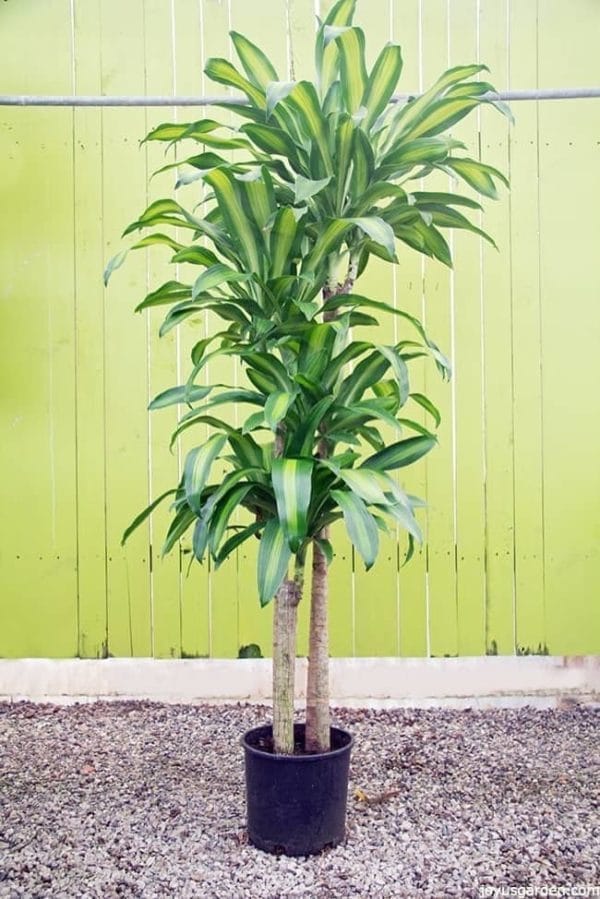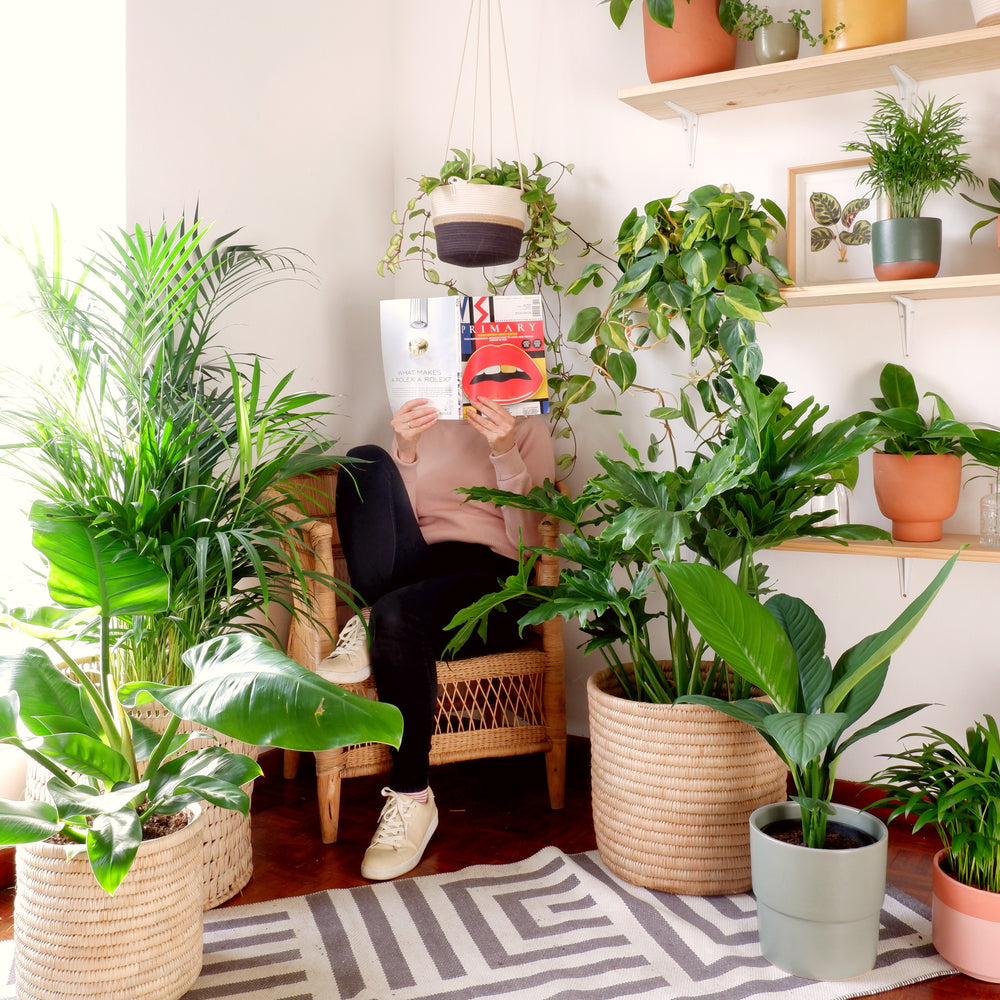Discover the Keys of Low-Light Indoor Plants and How They Improve Your Atmosphere
Low-light indoor plants have gathered boosting interest for their distinct capability to improve both aesthetic charm and environmental quality within homes and workplaces. These durable varieties, including the Serpent Plant and Tranquility Lily, not just thrive in challenging lighting conditions yet likewise play an essential function in air purification and emotional wellness. Comprehending the certain advantages and treatment demands of these plants can considerably affect your living area. As we explore the complexities of their advantages, you may uncover understandings that could transform your environments in unforeseen ways.
Benefits of Low-Light Indoor Plants
Although many individuals think that interior plants require bountiful sunlight to grow, low-light interior plants provide a wide range of advantages that make them excellent for different environments. Among the main benefits is their adaptability; they can flourish precede with restricted all-natural light, such as offices, cellars, or rooms with tiny windows. This function allows people to improve their environments with greenery, adding to boosted visual appeals without the need for considerable lighting adjustments.
In addition, low-light indoor plants can dramatically enhance interior air quality by launching and filtering system hazardous toxic substances oxygen, making living areas healthier. The existence of plants has actually been linked to greater feelings of tranquility and emphasis.
Furthermore, low-light plants commonly need much less maintenance than their sun-loving counterparts, making them excellent for busy individuals or those brand-new to horticulture. Their strength enables them to grow with minimal intervention, hence offering a satisfying experience for plant lovers and beginners alike. In summary, low-light indoor plants offer both functional and visual functions, making them valuable additions to any type of space.
Top Low-Light Plant Ranges
Low-light indoor plants been available in a range of species, each offering distinct attributes and benefits matched for dark atmospheres. Among the most preferred ranges is the Snake Plant (Sansevieria), recognized for its architectural fallen leaves and air-purifying capacities. This durable plant flourishes on forget and can endure a large range of light conditions.
One more exceptional option is the ZZ Plant (Zamioculcas zamiifolia), which features shiny, dark eco-friendly fallen leaves and is extremely drought-tolerant. Its versatility makes it a favorite for workplaces and homes with limited sunshine.
The Pothos (Epipremnum aureum) is also a top challenger, with its tracking creeping plants and heart-shaped leaves - Best low-light indoor plants. This functional plant can be educated to climb or waterfall, adding visual rate of interest to any room

Care Tips for Low-Light Plants
Taking care of low-light interior plants needs a nuanced understanding of their particular demands to guarantee optimal development and vigor. It is important to pick the ideal potting mix, as a well-draining dirt is crucial to avoid root rot. A mix made for houseplants, commonly consisting of peat moss and perlite, works well for a lot of low-light ranges.
Watering is another key element of care. Low-light plants normally require less regular watering contrasted to their sun-loving equivalents.
Fertilizing needs to be approached with care. During the growing season, a diluted fluid fertilizer can be applied monthly, however in wintertime months, numerous low-light plants go into dormancy anonymous and call for little to no fertilizing.
Lastly, it is necessary to regularly clean the leaves to get rid of dust, enabling much better light absorption. By adhering to these care suggestions, you can cultivate a successful environment for your low-light interior plants, enhancing both their look and long life.
Enhancing Air Top Quality With Plants
Indoor plants play a substantial duty in improving air quality within homes and office rooms. With the procedure of photosynthesis, these plants take in co2 and launch oxygen, adding to a much healthier atmosphere. In addition, certain low-light indoor plants have the capability to filter harmful toxins, such as benzene, formaldehyde, and trichloroethylene, which are frequently discovered in interior atmospheres.

Moreover, the presence of interior plants can raise moisture degrees, which aids relieve completely dry skin and respiratory system concerns, better improving general wellness. This ability to enhance air quality not just promotes physical health and wellness but also sustains psychological wellness.
Including low-light interior plants right into your living and functioning spaces can bring about an extra stimulating and vivid environment (Best low-light indoor plants). Investing in these all-natural air purifiers is an easy yet effective technique for enhancing interior air high quality and promoting a much healthier way of living
Developing a Tranquil Indoor Space
The integration of plants right into living spaces not just boosts air top quality but additionally adds to a relaxing environment. Low-light indoor plants, such as serpent plants and pothos, are especially effective in producing a serene atmosphere, as they grow in problems that may or else be inhospitable for other greenery. Their rich foliage supplies a calming visual, reducing tension and advertising relaxation.
Including these plants into your office or home can stimulate a feeling of peace and wellness. Strategically placing them in locations where you spend substantial time, such as living workspaces or spaces, permits an immersive experience with nature, which has actually been revealed to you could try these out improve mood and cognitive feature.
Furthermore, the mild movement of leaves in action to airflow can produce a vibrant visual aspect that boosts the overall atmosphere. Take into consideration utilizing a selection of plant elevations and textures to add deepness and passion to your space. With thoughtful placement and treatment, low-light interior plants can change any area right into a calm sanctuary, fostering not only visual fulfillment yet mental and likewise psychological wellness.

Final Thought
Including low-light indoor plants right into various settings yields considerable benefits, consisting of improved air high quality and boosted visual charm. These durable types not just thrive in very little light yet also add to a calming environment, advertising emotional and psychological wellness. By choosing appropriate selections and implementing appropriate treatment methods, people can successfully cultivate a peaceful interior room that cultivates wellness and efficiency. The transformative power of low-light plants highlights their value in enhancing both property and job-related setups.
Although many people assume that interior plants call for bountiful sunshine to prosper, low-light indoor plants provide a wide range of benefits that make them ideal for numerous atmospheres.In addition, low-light indoor plants can substantially improve indoor air high quality by filtering damaging toxins and launching oxygen, making living areas healthier. Additionally, particular low-light interior plants possess the capability to filter hazardous toxins, such as benzene, trichloroethylene, and formaldehyde, which are typically found in interior environments.
Low-light interior plants, such as snake plants and pothos, are specifically efficient in developing a tranquil environment, as they grow in conditions that might otherwise be unwelcoming for other plant.Integrating low-light interior plants into numerous environments returns significant advantages, including enhanced air top quality and improved visual appeal.